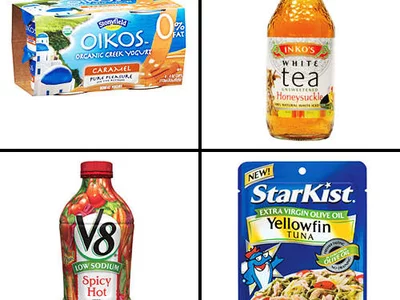The truth about the impact of cooking on foods
It has long been known that cooking foods, particular fresh foods, impacts the amount and quality of nutrients within that food. It has been said that cooking can completely destroy the micronutrients in the foods; rendering them with no nutritional value and also that cooking has little to no effect on the nutritional value of food. The truth lies right in the middle. Every food has a particular and unique macronutrient profile (protein, carbohydrates, fats) as well as a micronutrient profile (vitamins, minerals, phytochemicals) that invariably changes as time passes; even in the absence of cooking. This is a ubiquitous quality of all perishable foods. Take a banana for instance as an illustration of this process. An unripe, green banana contains low-glycemic starch as its only carbohydrate source. As the banana ripens, the starch transforms itself into sugar and a much higher glycemic carbohydrate source. Over time, all that is left is the sugary carbohydrate. This is why a green banana is bitter, yet a ripe banana is sweet and tastes completely different. The macronutrient as well as the micronutrient profile of a banana changes from day to day as this process transpires. Look at cooking as a rapid acceleration of this process. Some cooking methods have a much greater impact than others on the food; with the most important variable being temperature and time exposed to this temperature.
Some nutrients are much more susceptible to degradation than are others. Water soluble, anti-oxidant nutrients, such as Vitamin C, Vitamin A, thiamin, folate etc. (basically all of the "letter vitamins" and their relatives) are by far the most vulnerable to loss and deterioration through the cooking process. Minerals, such as calcium, Zinc, copper, magnesium and others are much more stable in their molecular structure and thus can withstand much more heat for a much longer period of time. However, they are impacted by cooking as well.
Quantitatively speaking, in raw fruits and vegetables, levels of Vitamin C, folate, vitamin B6 and thiamin will decrease in the food by about 60-80% by usual cooking methods. Minerals, such as calcium, iron etc, will decrease under the same conditions by only about 20-40%. Macronutrients will hold their profiles better than the micronutrients. Under extremely high heats, unsaturated fats can turn into saturated fats, however this is negligible as it requires heat and time that is above most cooking protocols, but it can happen. Carbohydrates and fats remain stable under nearly all cooking procedures excluding the extremes; where they can break down or change forms.
Protein has also been said to be deteriorated by the cooking process. When protein is exposed to high heat, it "denatures" which, essentially means the bonds between the amino acids rupture and the protein is no longer a complete protein but, rather, it is broken down into segments of amino acids. So technically, the protein as a whole is completely destroyed. This, however, is not important since in order for humans to assimilate protein into our bodies, we must digest the protein into its individual amino acids anyway and use the amino acids to create our own unique proteins. Look at this though as slicing an apple into pieces. While you no longer have an apple, per se, you have all of the important components of that apple. The same could be said about biting it and chewing it, it’s broken down, but nutritionally still completely intact. Make sense? Cooking protein, if anything, makes it easier to digest into amino acids since it is already partially digested for you. The exception is extremely high heats in which the actual amino acids are altered, however once again this requires extreme heat conditions.
The type of cooking has a large impact on the preservation of nutrients within food as well. Boiling is perhaps the most devastating to water-soluble nutrients as not only does the heat deteriorate the nutrients, but much of the nutrients release from the food and into the water and when you drain the pot, much of the nutrients go down the drain; so you are losing them in two ways. Pan frying also is very damaging to nutrients as the heat is generally much higher than other cooking methods and thus does more damage. Steaming and baking at lower temperatures are the safest. There is very little opportunity for nutrients to leach out of the foods and the heat is not overwhelming in most cases. These methods kill off the bacteria and tenderize the food without having a huge impact on its nutritional properties when used reasonably.
Ultimately, cooking can have a large impact on nutrients or a minimal impact. What matters is the particular cooking method you use, how much heat you use and for how long you expose the food to this heat. While eating raw foods where possible will always be preferable when safe, cooked food can still retain a great deal of the nutritional content as its raw counterparts. Avoid extreme heat, boiling and stir-frying and lean towards steaming and baking to preserve as much nutrients as possible.





















